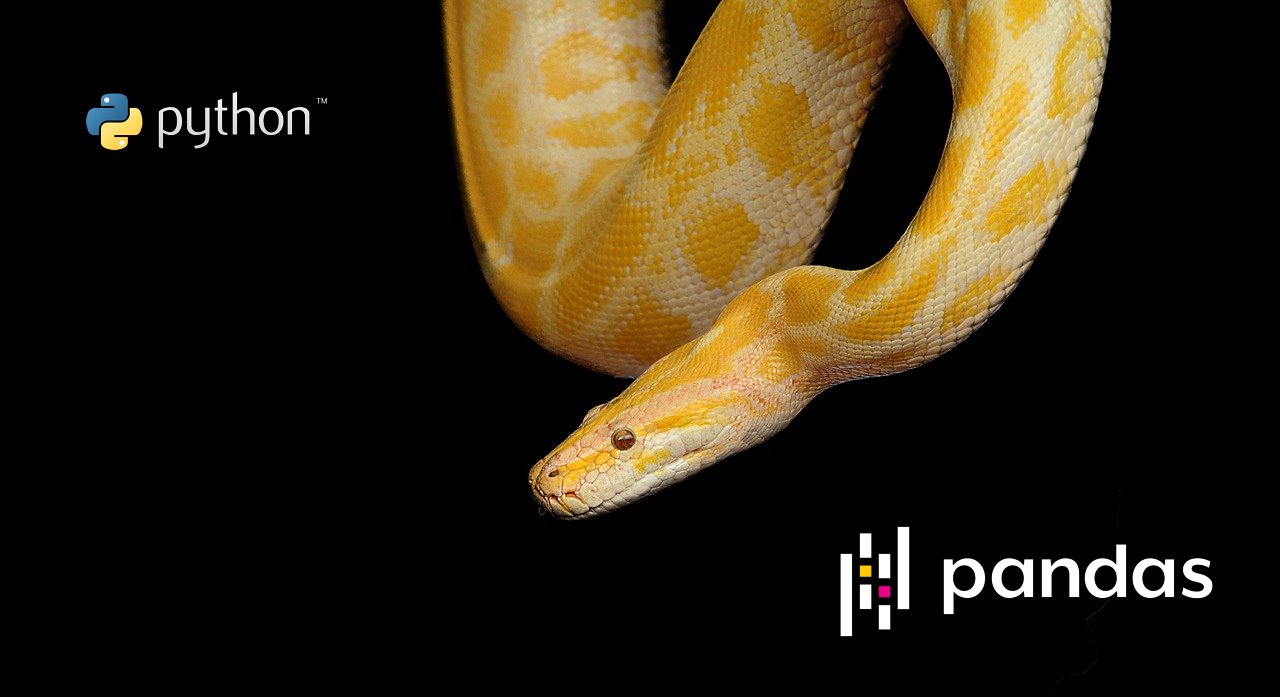
Pandas: Append and Concat
This article is part of a series of practical guides for using the Python data processing […]

Pandas: Joining tables
This article is part of a series of practical guides for using the Python data processing […]

Pandas: How to Pivot data
This article is part of a series of practical guides for using the Python data processing […]

Pandas: Advanced Aggregation
This article is part of a series of practical guides for using the Python data processing […]

Pandas: Aggregation
This article is part of a series of practical guides for using the Python data processing […]

Pandas: SettingWithCopyWarning
This article is part of a series of practical guides for using the Python data processing […]

Pandas: Advanced booleans
This article is part of a series of practical guides for using the Python data processing […]

Pandas: Filtering and segmenting
This article is part of a series of practical guides for using the Python data processing […]

Pandas: Basic data interrogation
This article is part of a series of practical guides for using the Python data processing […]

Pandas: Reading in JSON data
This article is part of a series of practical guides for using the Python data processing […]
